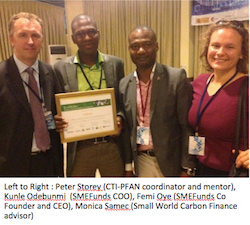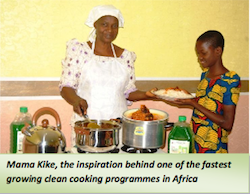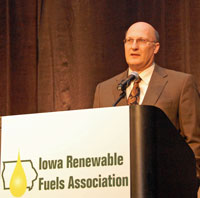EnergyVaasa, the largest energy cluster in the Nordic countries, recently chose 25 year old engineering student Pentti Itkonen as their Energy Ambassador. In a press conference held at Citec’s premises at Navi Mumbai, India, it was announced that Itkonen will embark on a global tour, beginning in Kittilä in Northern Finland to Norway, USA, Ecuador, Brazil, Spain, Thailand and India. Pentii will spend a week at each of the chosen countries and meet and hope to influence key stakeholders of renewable and green technologies.
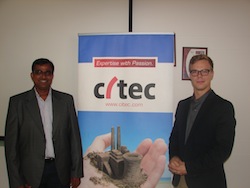 In this journey, Pentii Itkonen could experience a project where experts from many countries work together to come up with the best solutions to the customer’s needs. Thus, Itkonen became more acquainted with one of Waste-to-Energy power plant projects designed by Citec, a company that provides multi-discipline engineering and information management services to the Energy and Power industry, and other technology-dependent industries. In this project, the customer is from Switzerland and the plant is built in the UK.
In this journey, Pentii Itkonen could experience a project where experts from many countries work together to come up with the best solutions to the customer’s needs. Thus, Itkonen became more acquainted with one of Waste-to-Energy power plant projects designed by Citec, a company that provides multi-discipline engineering and information management services to the Energy and Power industry, and other technology-dependent industries. In this project, the customer is from Switzerland and the plant is built in the UK.
Pentti Itkonen said, “It’s amazing to be in Incredible India, I have to admit that this has probably been the destination I’ve been looking forward to the most. The people at Mumbai office have welcomed me with fascinating Hindu ceremonies and I was honoured to start off my week like that. It was interesting to discover how Citec is working globally and specially the Indian operations. We also discussed over a certain waste-to-energy project.”
One of the highlights of Itkonen’s visit was when Mr. Alexander Stubb, Finland’s Minister for European Affairs and Foreign Trade met with Citec’s senior management – Mr. Martin Strand, CEO, Mr, Nasir Mulani, Managing Director India, Mr Arun Tyagarajan, Director Citec India and the Energy Ambassador in Mumbai.
“In an agro-based country like India, Bio-power has a growing demand. Nevertheless, solar and wind power are also areas where the future is heading towards. Citec is also working on such projects. Aiming for a cleaner environment, we are proud to support the Energy Ambassador campaign,” said Mulani.
In addition to his exposure to Citec as a global company and its energy business in India, the Energy Ambassador also received insight into other aspects of India.
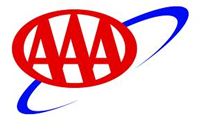 The American Automobile Association (AAA) is calling on the Environmental Protection Agency to “lower the amount of ethanol required to be blended into gasoline for 2014” in order to “protect drivers by preventing a possible surge in gas prices or the increased use of potentially damaging E15 gasoline.”
The American Automobile Association (AAA) is calling on the Environmental Protection Agency to “lower the amount of ethanol required to be blended into gasoline for 2014” in order to “protect drivers by preventing a possible surge in gas prices or the increased use of potentially damaging E15 gasoline.”




